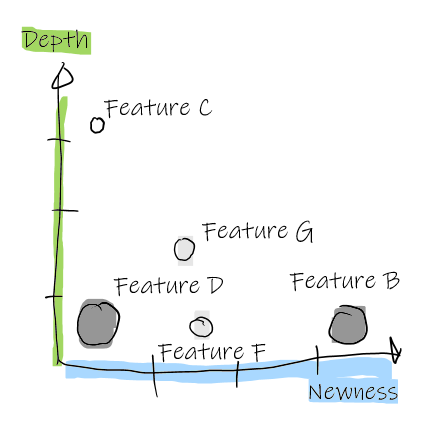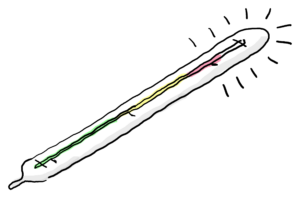Getting a performant team needs an investment into the team. Instead of frantically or stoically pulling a cart with square wheels, a team should be able to spot the fault in the system and change. This however proves difficult in practices. The good news is: collaboration creates the team and thus providing room for collaboration is an easy way to nurture the team.














